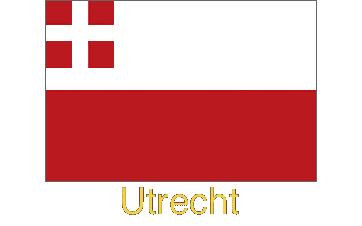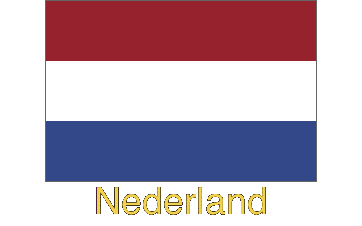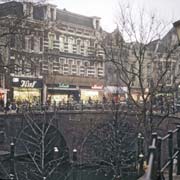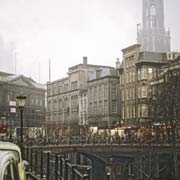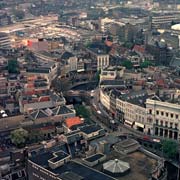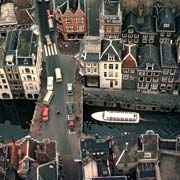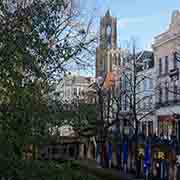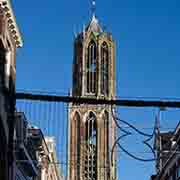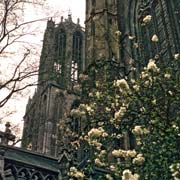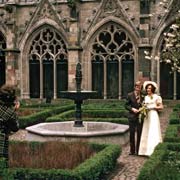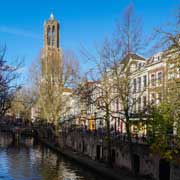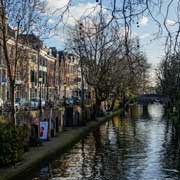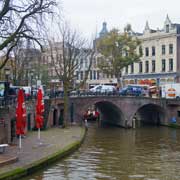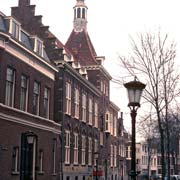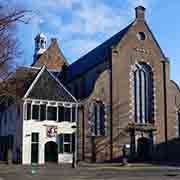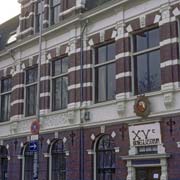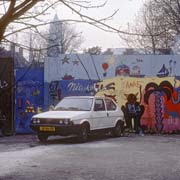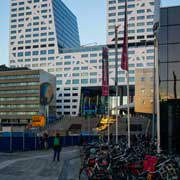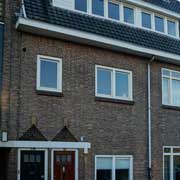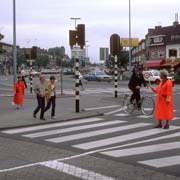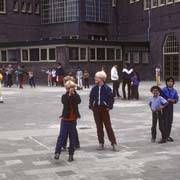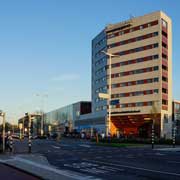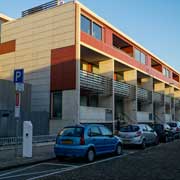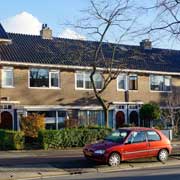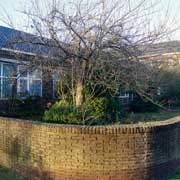Photos of the Province of Utrecht, the Netherlands
The Province of Utrecht
Utrecht is, with only 1,449 km², the smallest province of the Netherlands and situated in the centre of the country; it shares a border with Zuid-Holland in the west and south west, Noord-Holland in the north west, Gelderland in the east and south east, while the Rijn (Rhine) and Lek rivers form the southern boundary with Noord-Brabant.
you may then send it as a postcard if you wish.
The province of Utrecht has a population of close to 1.2 million inhabitants, giving it a very high population density. Its capital is the old bishopric, also called Utrecht, dominated by the Dom Tower, with 112 metres the highest in the country, overlooking the unique terraced canals that criss-cross the old city that houses one of the most important universities of the country.
Both the province and its capital have a long history. The region has been inhabited for thousands of years and the Romans built a crossing over the Rhine, called Traiectum, where the city now stands and this name is the origin of "Utrecht". A bishopric was founded here in 722 by Willibrordus, bishop of the Frisians; from the 7th to the 16th centuries it was the centre of a powerful bishopric and ruled by bishops who built no less than 10 churches clustered around the beautiful 14th century Dom cathedral.
In 1527, the bishop of Utrecht sold his worldly power over the territory to Holy Roman Emperor Charles V, whose armies already occupied the other Dutch provinces. However, the Habsburg rule did not last long, as in 1579 Utrecht joined the revolt of the United Provinces against Charles's son Philip II of Spain in the Union of Utrecht, considered the foundation of the modern Netherlands.
